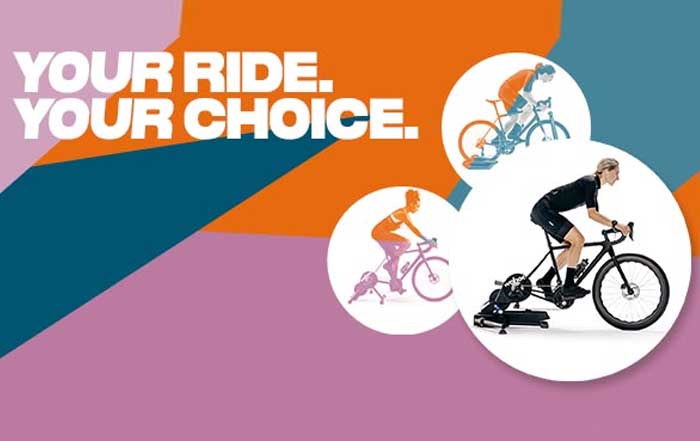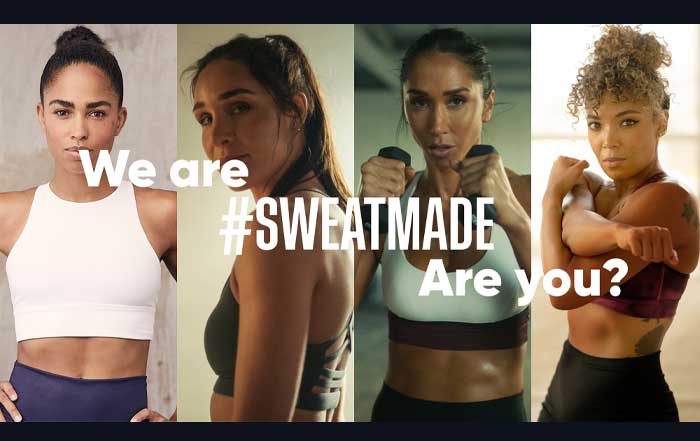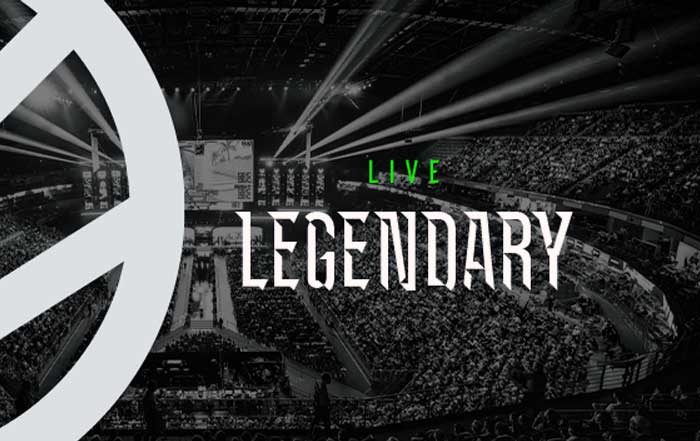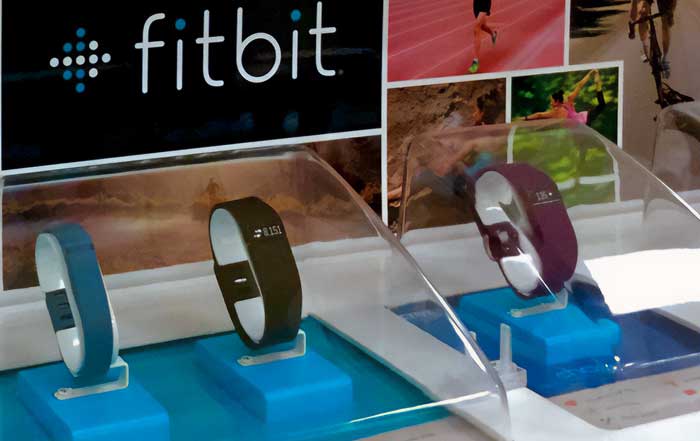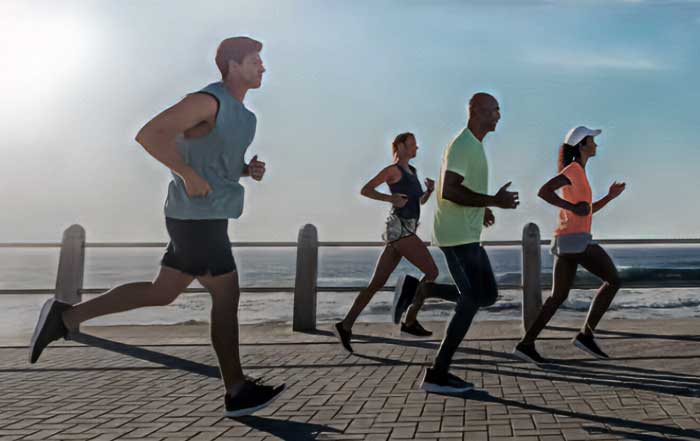The sports and fitness industry in the United States has always been a reflection of cultural priorities, consumer behavior, and technological progress. In 2025, the sector has entered a new era where fitness is not only about physical strength but also about holistic health, sustainability, and innovation. As the nation recovers from global challenges and adapts to new societal expectations, the way Americans engage with sports and fitness continues to transform. For readers of fitbuzzfeed.com, this article examines the top ten trends reshaping the industry today, with particular attention to how they intersect with business, lifestyle, and global cultural shifts.
The Rise of Wearable Technology and Smart Fitness
In 2025, wearable technology dominates the fitness landscape in the United States. Devices have evolved from basic pedometers to advanced health ecosystems that monitor cardiovascular health, track hydration, and even analyze stress markers through biofeedback. Apple, Garmin, and WHOOP are not just selling gadgets; they are building platforms where artificial intelligence personalizes workout plans, dietary recommendations, and recovery cycles. The data collected provides users with unprecedented insights into their physical condition, enabling them to make informed decisions about their routines.
Smart gyms across the country are also integrating wearables with connected equipment. Platforms such as Peloton, Tonal, and Mirror have introduced systems where workout machines automatically adjust resistance based on an individual’s biometrics. These innovations allow users to achieve optimal results without overexertion, reducing the risk of injuries while ensuring maximum efficiency.
As seen on Fitbuzzfeed Fitness, the demand for real-time, personalized data underscores the growing consumer preference for tailored experiences. The integration of health tracking into daily life is no longer an option—it is an expectation, especially as Americans seek long-term solutions for performance and wellness.
Virtual Fitness Communities and Hybrid Experiences
While the return to gyms after the pandemic highlighted the social value of in-person workouts, virtual communities remain an integral part of the American fitness landscape in 2025. Hybrid models combining physical gym access with digital platforms are now standard across the country. Equinox, for example, offers a membership that provides access to luxury clubs while also giving users an immersive digital platform featuring live-streamed classes and AR-based workout experiences.
The growth of VR and AR fitness applications has elevated home workouts. Platforms like Les Mills+, Alo Moves, and Nike Training Club integrate avatars, gamified leaderboards, and virtual reality training landscapes that mimic stadiums or mountain trails. These experiences appeal not only to tech-savvy youth but also to older demographics seeking engagement and motivation.
Independent trainers have found new opportunities in this digital landscape. Through apps like Trainerize and TrueCoach, fitness professionals can provide virtual coaching while maintaining personal connections with clients. This has democratized access to professional guidance, allowing Americans in remote towns and cities to connect with elite trainers nationwide.
The emphasis on hybrid models reflects the lifestyle-driven shift explored in Fitbuzzfeed Lifestyle, where flexibility, inclusivity, and accessibility guide consumer behavior.
Functional Fitness and Movement-Based Training
In 2025, Americans are increasingly drawn to functional fitness programs designed to enhance everyday movements. Unlike bodybuilding or isolated strength training, functional workouts focus on exercises that improve balance, coordination, and resilience. These workouts use kettlebells, resistance bands, ropes, and medicine balls to mimic real-life actions like lifting groceries, climbing stairs, or maintaining posture at work.
Gyms across the United States have embraced functional training zones, where equipment and open spaces are dedicated to natural movement patterns. F45 Training, CrossFit, and Functional Patterns have established strong footholds by creating communities around these regimens. They emphasize building strength for longevity rather than short-term gains.
Healthcare providers are also collaborating with fitness organizations to integrate functional training into rehabilitation programs. Hospitals now recommend functional workouts as preventative measures against chronic conditions such as lower back pain or mobility loss in aging populations. This shift reflects a broader health trend highlighted on Fitbuzzfeed Health, where fitness is no longer only about looking good but about maintaining an active and pain-free lifestyle.
🏋️ 2025 Fitness Trends Explorer
Discover which fitness trends match your lifestyle
1What's your primary fitness goal?
2How tech-savvy are you?
3Where do you prefer to work out?
The Growth of Recovery and Regeneration Practices
Recovery has become one of the most profitable segments of the fitness industry in the U.S. Cryotherapy centers, infrared sauna lounges, and compression boot studios are as common as boutique gyms in major cities. Tools once reserved for professional athletes, such as NormaTec compression boots and Theragun massage guns, are now household items.
Recovery-focused businesses are growing rapidly. Companies like Restore Hyper Wellness offer memberships that combine cryotherapy, IV therapy, and oxygen chambers. Such services, once considered luxury treatments, are now marketed as essential wellness practices for fitness enthusiasts and business professionals alike.
Sleep has also taken center stage in the recovery conversation. Products such as the Oura Ring and Eight Sleep smart mattresses offer data-driven insights into rest cycles, emphasizing sleep quality as a performance metric. For many athletes, both amateur and professional, recovery is now treated with the same importance as training.
This emphasis aligns with coverage at Fitbuzzfeed Wellness, where balance between exertion and regeneration defines sustainable fitness success.
Sports Nutrition Redefined with Personalization
Sports nutrition in the United States has transitioned from generalized dietary advice to hyper-personalized strategies. Advances in biotechnology have allowed companies to create DNA-based nutrition profiles, helping consumers identify the best diets for their genetic makeup. Microbiome testing has also enabled more precise dietary adjustments, ensuring that each meal supports optimal gut health and performance.
The popularity of plant-based and clean-label supplements continues to grow. Athletic Greens, Momentous, and Thorne have gained traction with professional athletes and everyday fitness consumers. The use of AI-driven nutrition apps that adapt meal plans to user preferences and training loads has also expanded, making it easier for Americans to sustain consistent dietary habits.
Performance-driven nutrition is no longer limited to professional athletes. Everyday consumers are adopting personalized approaches that integrate seamlessly with their training and lifestyle. This intersection between nutrition and fitness is a focus area at Fitbuzzfeed Nutrition, where readers explore how the right foods fuel workouts and long-term health.
Women’s Sports and Fitness Empowerment
One of the most significant shifts in 2025 is the rising visibility and empowerment of women in sports and fitness. The growth of women’s professional leagues such as the WNBA, NWSL, and the surge in attendance at collegiate women’s tournaments demonstrate that women’s sports are no longer relegated to the sidelines. Sponsorship dollars have followed the attention, with major brands like Nike, Lululemon, and Adidas investing in women-specific product lines and campaigns.
The fitness industry has also embraced this empowerment. Gyms and training platforms now design programs that address hormonal health, bone density, and injury prevention for women athletes. There is increased recognition of the physiological differences in recovery cycles and nutrition, prompting more research-backed training methods.
This shift is more than athletic—it is cultural. Women in executive leadership positions across sports organizations are shaping narratives that value inclusivity and equity. The intersection of female empowerment with fitness aligns with broader themes at Fitbuzzfeed Sports, where representation and opportunity remain central to industry progress.
The Integration of Sustainability into Sports and Fitness
Sustainability has become a defining issue for the sports and fitness industry in the United States. In 2025, consumers expect companies to prioritize eco-friendly practices, and businesses that fail to adapt risk losing credibility. From eco-conscious clothing lines to stadiums powered by renewable energy, sustainability is now embedded into nearly every corner of the sector.
Sportswear brands like Patagonia and Adidas have pioneered the use of recycled plastics and biodegradable fabrics in performance gear. Meanwhile, Nike’s Move to Zero initiative continues to inspire environmentally responsible design, reducing waste in production and distribution. Stadiums such as Climate Pledge Arena in Seattle showcase how major venues can lead with zero-carbon strategies, setting benchmarks for future construction.
Fitness centers are also adopting green practices. Energy-efficient treadmills, solar-powered lighting, and water conservation measures are now common in urban gyms. This movement connects deeply with the themes at Fitbuzzfeed World, where the global sustainability agenda is tied directly to consumer lifestyles.
Learn more about sustainable business practices and how they are shaping sports facilities and fitness environments worldwide.
Gamification and Esports-Inspired Fitness
The crossover between sports, fitness, and gaming continues to intensify in 2025. Gamification has proven to be a highly effective tool for keeping users motivated and engaged, particularly among younger demographics who have grown up with interactive technologies. Platforms like Zwift, Strava, and FitXR allow athletes to compete in virtual races, track their progress through rankings, and earn digital rewards.
Esports-inspired fitness is also booming. Fitness games such as Beat Saber VR and Supernatural VR turn exercise into entertainment, offering immersive environments where participants forget they are working out. Companies are leveraging these platforms to build communities that combine competition with camaraderie.
In professional sports, teams are experimenting with gamified recovery programs and cognitive training exercises that mimic esports strategies, blending mental agility with physical endurance. This intersection reflects a broader cultural integration, aligning with Fitbuzzfeed Technology, where innovation drives engagement in fitness like never before.
Professionalization of Fitness Careers
The fitness job market in the United States has matured into a professionalized industry that offers long-term career stability. In the past, fitness careers were often seen as side pursuits or temporary roles. Today, trainers, wellness coaches, sports nutritionists, and recovery specialists are recognized as essential contributors to the health economy.
Certification bodies have increased requirements, ensuring trainers are equipped with scientific knowledge, business acumen, and digital communication skills. Universities are expanding degree programs in exercise science, sports management, and kinesiology, reflecting the demand for higher levels of expertise.
Technology has created entirely new categories of fitness careers. Data analysts specializing in wearable technology, AI-driven fitness app developers, and wellness consultants are now vital roles in the sports economy. These opportunities are consistently highlighted on Fitbuzzfeed Jobs, where the expansion of the sector offers insights into emerging professions that blend health, business, and technology.
The professionalization of the industry enhances trust between clients and providers, ensuring that consumers receive safe, evidence-based fitness guidance.
The Blending of Sports, Fitness, and Lifestyle Culture
The final major trend in 2025 is the seamless blending of sports, fitness, and lifestyle. Americans no longer separate exercise from their identities—it is now integrated into fashion, travel, and even social experiences. The global athleisure market continues to thrive, with Lululemon, Alo Yoga, and Under Armour leading the charge in merging style with performance.
Wellness tourism is another booming sector. Destinations such as Sedona, Arizona, and luxury resorts in California now offer programs that combine fitness classes, mindfulness, and nutrition with traditional travel experiences. This fusion of lifestyle and fitness aligns perfectly with Fitbuzzfeed Lifestyle, where readers explore how personal health intersects with broader cultural movements.
Major sports events are increasingly treated as lifestyle experiences as well. From marathons in New York and Chicago to fitness festivals like Wanderlust, Americans are engaging in fitness as a social and cultural identity. This blending has elevated the role of fitness beyond physical health, embedding it deeply into daily routines and aspirations.
Learn more about how sports culture connects globally and continues to influence lifestyle choices across the United States.
A Holistic Future for U.S. Fitness
In 2025, the U.S. sports and fitness industry is more holistic, innovative, and culturally significant than ever before. Wearable technologies and hybrid fitness models provide personalization and accessibility. Functional training and recovery practices focus on long-term well-being. Personalized nutrition and the empowerment of women highlight inclusivity and health equity. Sustainability ensures the industry aligns with global environmental goals, while gamification and lifestyle integration create lasting engagement.
For businesses, these trends represent both challenges and opportunities. Companies must balance consumer demands for innovation with commitments to equity and sustainability. For individuals, the trends provide pathways to healthier, more engaged lives, supported by technology and cultural inclusivity.
For fitbuzzfeed.com readers, the insights offered by these ten trends are not just predictions—they are lived realities shaping gyms, stadiums, homes, and lifestyles across the United States. By staying informed and adapting to these shifts, both consumers and professionals can position themselves at the forefront of a movement where fitness is not only about performance but about living fully in a rapidly changing world.

